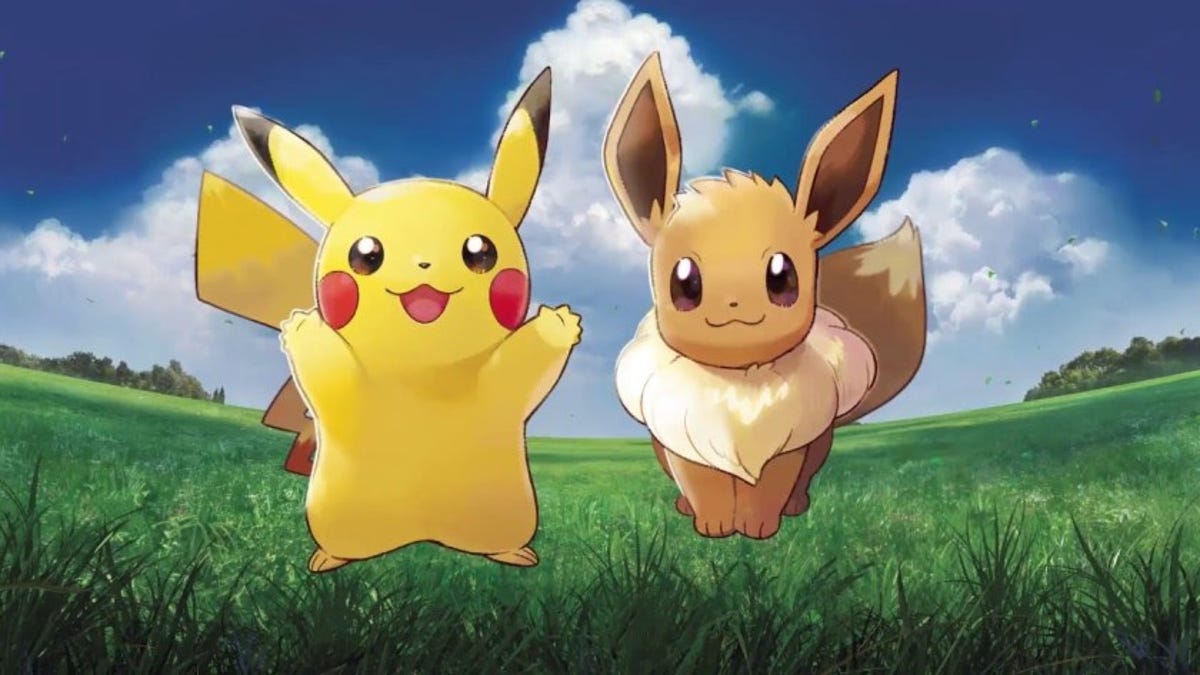One of my favorite ways to relax in the evenings is to watch this Twitch channel that streams subtitled episodes of the Japanese TV series Game Center CX. If you’re not familiar with the show, most episodes focus on comedian Shinya Arino’s desperate struggles to beat old console games. (It was recently announced that now even the PlayStation 2 is old enough to fit the show’s retro format. Excuse me while I crumble into dust.) However, when I tuned in the other night, I caught part of a special episode from 2004 in which Arino spends a great deal of time interviewing Satoshi Tajiri, the creator of Pokémon and one of the cofounders of Game Freak. It’s a wonderful conversation that made me appreciate Tajiri’s distinctive creative outlook, and I found a video on YouTube that distills it down to some of its best bits.
Of course, today Satoshi Tajiri is best known for creating Pokémon, a series I never got into. But his story of where a crucial part of the inspiration for the first Pokémon games came from is wonderful, and helps me appreciate the magic I missed out on in the Game Boy era. He talks about playing Dragon Quest II and wanting a very useful “magic hat” (the mad cap) which reduces the MP cost of spells. Unfortunately, it was a rare drop and his luck just wasn’t panning out. Meanwhile, one of his colleagues who was also playing the game had scored two! Oh, the injustice! If only there had been some way for that colleague to give him one.
“As soon as I saw the Game Boy’s link cable capabilities, “I thought, ‘Oh, that’s it!” Tajiri tells Arino. “With this cable, you can exchange hats!’” He wanted to design a game around something that players would naturally want to exchange, “something, like that hat, that could make you go, ‘Oh, I want that!’” So everyone at Game Freak designed their ideal Pokémon, something they would want themselves, in an effort to create things players would want to collect and trade as well. You could say this little idea of his paid off.
But the interview extends well beyond just the Pokémon phenomenon, beginning with Tajiri talking about how his love of games was born. Like millions of others, it was 1978’s Space Invaders that first got Tajiri excited about the fledgling medium. (We recently caught a glimpse of what a massive impact the game had in Japan.) A junior high school student at the time, games did more than just gobble up his coins. They sparked his imagination. “I had dreams of making a sequel to Invaders,” Tajiri says.
Space Invaders was such a huge moneymaker that many companies made blatant knockoffs of Taito’s smash, including Konami with Space King and Nintendo with Space Fever. Many viewed these imitators with derision, as obvious attempts to cash in on another game’s success without bringing anything original to the table. But Tajiri approached even these games with an open mind and saw something beautiful in them, appreciating the subtle differences in the movement of alien formations. I love this ability of his to find something of value in games most people would disregard.
Later, Tajiri talks about the inspiration he took from some of Namco’s early arcade games, which he noted were entirely designed around a single specific action. “For example, with Dig Dug,” he says, “the theme was to dig. I felt the same joy I had in junior high when I learned new English verbs. That inspired me to use verbs as themes.” Even as scrolling games like Super Mario Bros. became all the rage, Tajiri had a desire to create a fixed-screen game built around a single action. “I wanted to go against the grain.” He came up with the idea of a game based around flipping floor tiles, and the result was Game Freak’s 1989 game Mendel Palace. This offers insight into how great games can emerge from very simple core ideas, and speaks to the importance of creators pursuing their own instincts even in the face of market trends.
G/O Media may get a commission
I’ve always respected the Pokémon games, but now I have a newfound appreciation for the creative mindset of the man who unleashed them upon the world. If you watch the video, you can also hear him talk about what he learned from working with the late Gunpei Yokoi on the game Yoshi, and how his childhood obsession with insects factored into the design of Pokémon. Or you can watch the full subtitled episode on the Internet Archive and hear him talk even more about his life, game design, and the early years of Game Freak.
Kotaku
Source link
Related Post:
- DC’s Nice House on the Lake creator James Tynion on horror comic’s origins
- Nintendo Minute – “Pokemon Unite Creator vs. Creator Battle – Talonflame Scores HOW many points?!”
- In city builder Patron, my biggest import is snow and my biggest export is dead peasants
- Who are Marvel’s Eternals? Neil Gamain’s comics explain them the best
- Tumblr Helps Explain The Nasty Boyfriend Dungeon Backlash
- VTuber Gets On Fox News To Explain Twitch Harassment Protests
- Assassin’s Creed Valhalla devs explain how missile reversal works
- DokeV developers explain what that weird GTA: Babies game is actually about
- Rush Rally Origins is the next entry in the racing series coming soon to iOS and Android | Articles
- Watch out for your email inbox because one of the biggest ransomware botnets is back
